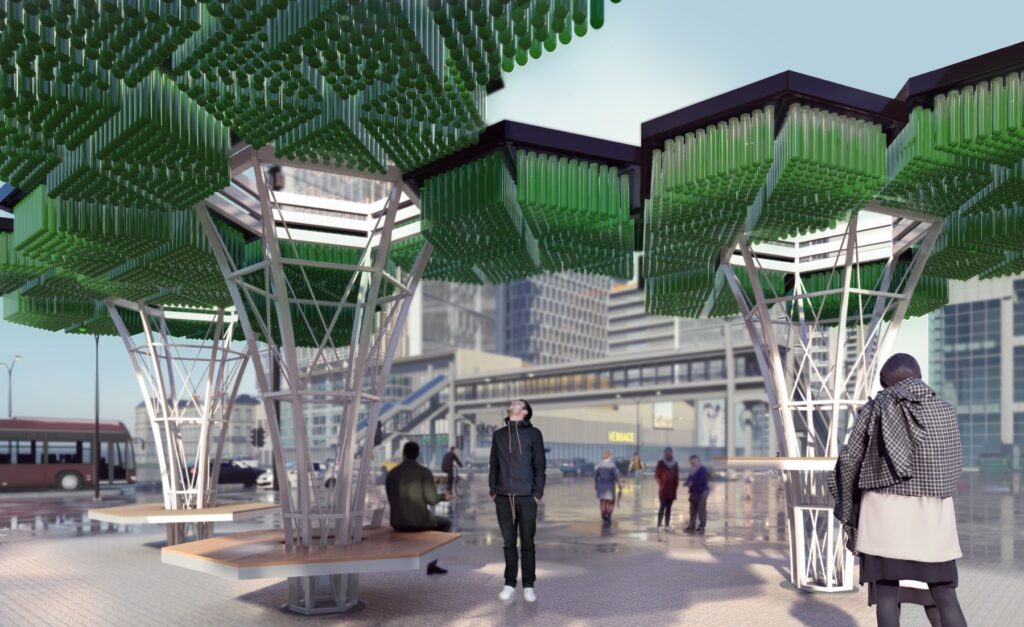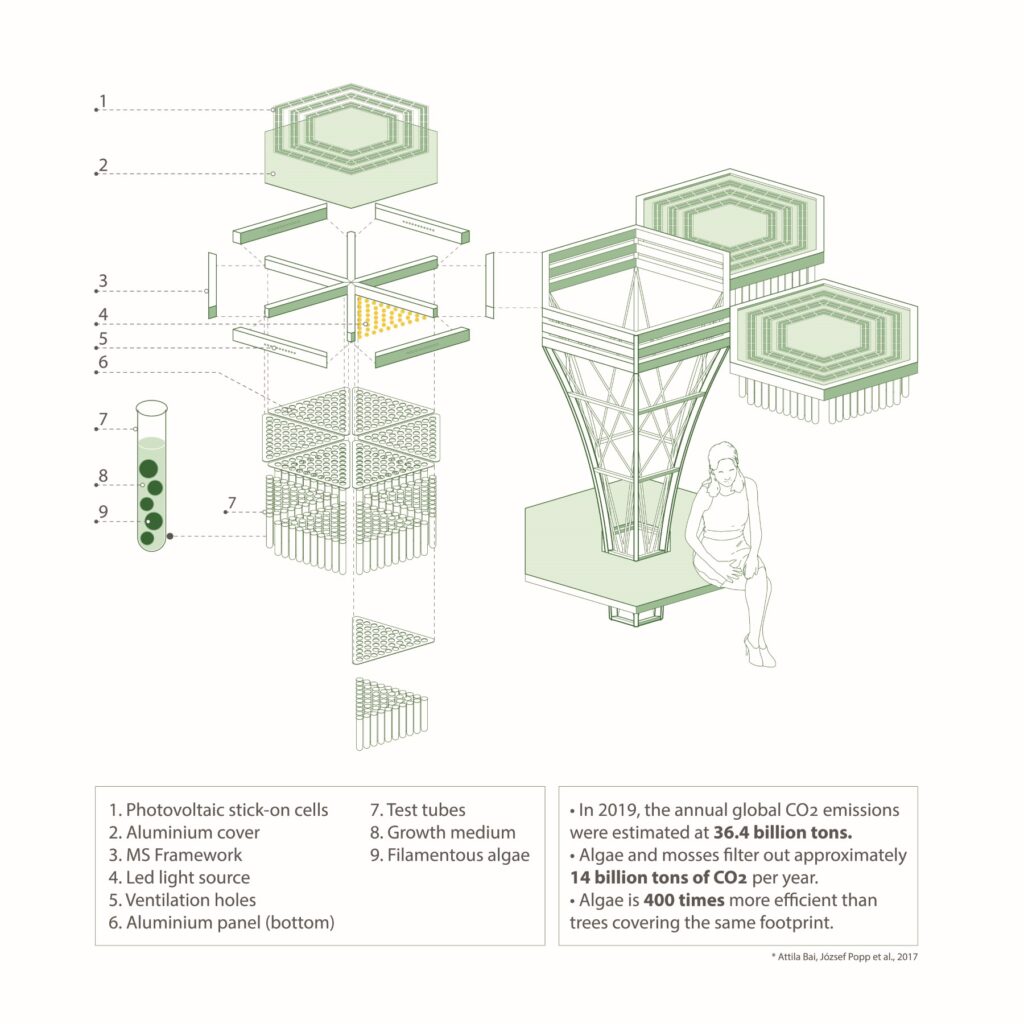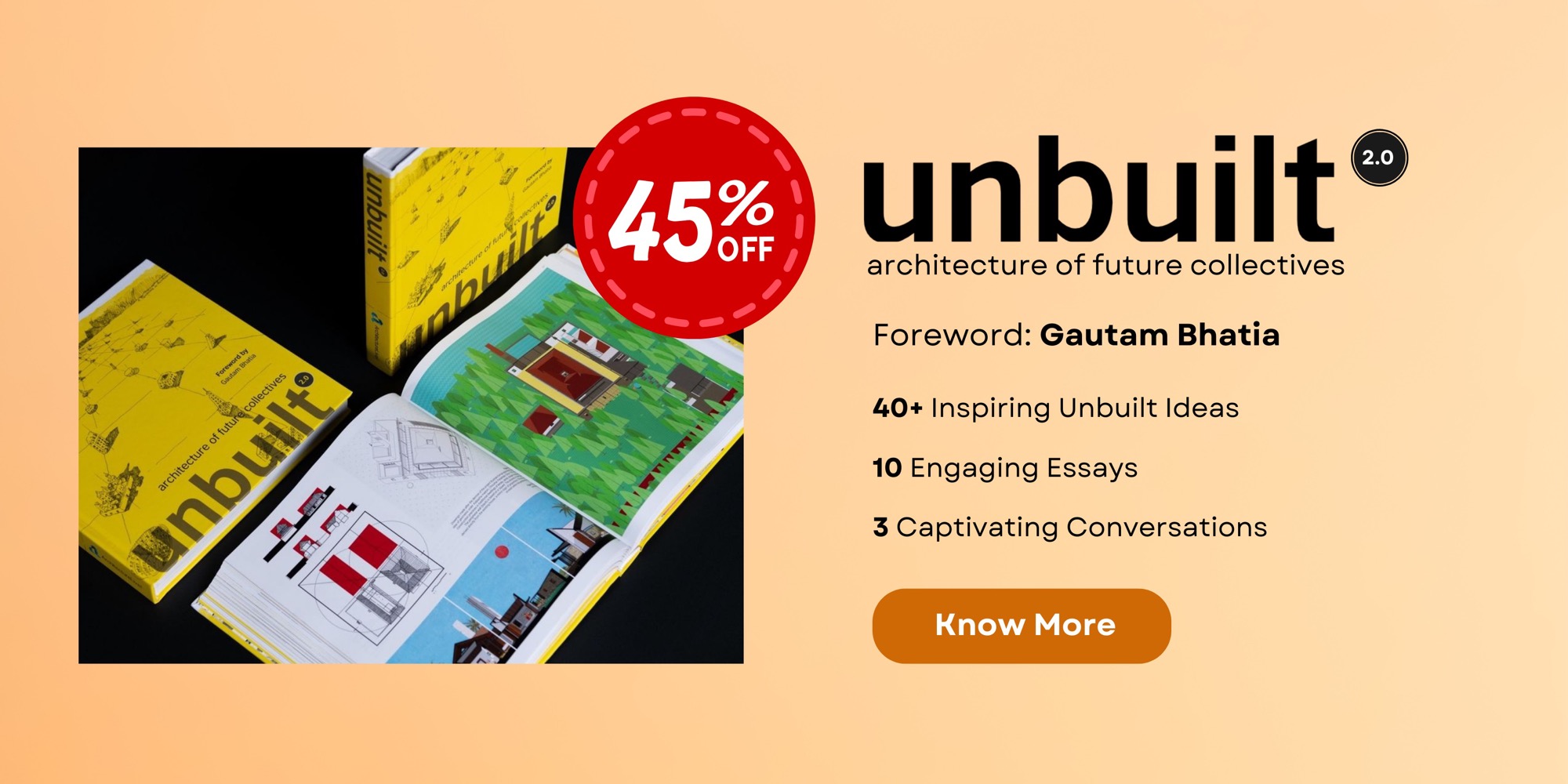“Once destroyed, nature’s beauty cannot be repurchased at any price.”
A sombre warning by Ansel Adams, landscape photographer and environmentalist, is quickly becoming a harsh reality. With a population of 12.4 million, Mumbai is spread over 604 sq.km. of which only 15.37 sq km account for the total accessible open space.1 This is the reality of our cities which get bigger and denser as green cover dwindles to give way to concretization. This has led to creating the urban heat island effect and deterioration in air quality which in turn has severely affected the quality of life in the city.
On average, the air quality index in most metropolitan cities of India is been categorized as hazardous. The WHO’s air quality measurement standards are 20 micrograms for PM10 and 10 micrograms for PM2.5. The air quality recorded in Mumbai stands at 104 micrograms for PM10 and 64 micrograms for PM2.5.
We can no longer ignore the pressing environmental issues that we have created. We believe that the next step in preservation may lie in partnerships with the very entity that we endanger and that too with one of its tiniest representatives, ALGAE. We find ourselves in awe of these unassuming members of the plant family who hold the potential to compete with their massive cousins on equal footing, often surpassing them in resilience and efficacy.
We are therefore inspired to try and harness their capabilities to create a modular piece of street furniture, the ‘Algal Microforest’ that can act as an effective carbon sink integrated into the built urban environment.

The Algal Microforest stands two metres tall in the streets, actively providing refuge from the sun and rain. A visitor may sit beneath it, read a book, or chat with a friend at a table while breathing in the air that millions of minute carbon sponges oxygenate for them overhead. Throughout the day, one would look up to find themselves under an undulating canopy of green, simultaneously simulating and reimagining the traditional forest cover that we collectively yearn for in urban scapes these days. As night falls, the structure would come to emit a soft green glow, creating a beautiful environment for an evening of conversations.
The intervention aims to activate public spaces by creating light, shade and seating spaces, along with the algal ability to use the light productively to absorb CO2 from the environment. The light then becomes a means of carbon fixation rather than a mere product of carbon consumption.
Marine Algae are known to absorb carbon dioxide far more efficiently than their land-based counterparts, with 4.4 kg of CO2 becoming sequestered within every 1 kg of algae biomass.3 The Carbon dioxide that they trap into biomass can also be used as biofuel and animal feed, thus making algal cultivation a promising solution for the reduction of greenhouse gases, especially in urban environments where reforesting is always a need but almost never a viable option. This is the biologically backed foundation for the concept of the ‘Algal Microforest’.
The tree-like rig is designed with a metallic frame that holds up six hexagonal panels, whose form aids with the modularity of the design, while a slight variation in the heights at which they attach to the mainframe mimics the undulations of natural foliage.

The panels have holes cut into them to hold the test- tubes which will be home to our green luminaries – the ‘Marimo Moss Balls’ – a ubiquitous and robust type of macroalgae that propagates in most environments with relative ease. Each hexagonal biosystem would be incomplete without the removable metallic covering which houses the individual light sources that allow the algae to propagate. In addition to this, the external face of this panel bears a photovoltaic film which acts as the energy source for the LED lights and the algal cultures as a whole.

Sources:
1. Sayli Udas-Mankikar, “Formulating Open-Space Policies for India’s Cities: The Case of Mumbai,” ORF Occasional Paper No. 241, April 2020, Observer Research Foundation.
2. Imtiyaz Abdullah Samnani, ‘Mumbai Officials Say They Have Plans To Lose World’s 4th Most Polluted Tag’ NDTV. May 2018.
3. Attila Bai & József Popp & Károly Pető & Irén Szőke & Mónika Harangi-Rákos & Zoltán Gabnai, 2017. ‘The Significance of Forests and Algae in CO 2 Balance: A Hungarian Case Study.’ Sustainability, MDPI, Open Access Journal, vol. 9(5), pages 1-24, May.
Project Details:
Project: Algal MicroForest
Location: Mumbai
Built-up Area: 41 sqm
Site Area: 55 sqm
Typology: Urban street furniture (Public Place)
Designed by: MuseLAB
Design Team: Huzefa Rangwala, Jasem Pirani, Bhakti V Loonawat, Atharva Gune, Nikita Sharma
Visualisation: Suyash Sawant
Description: MuseLAB


